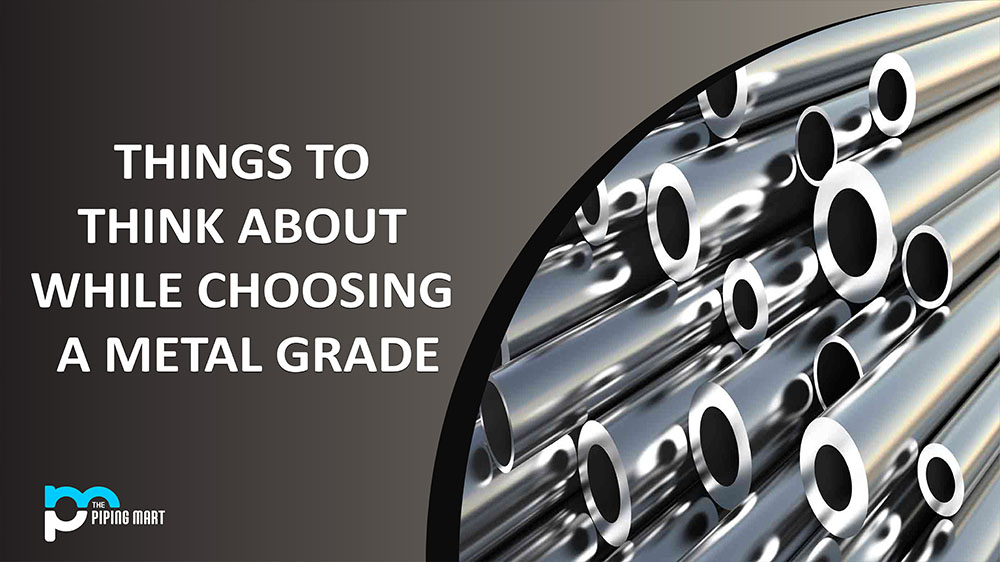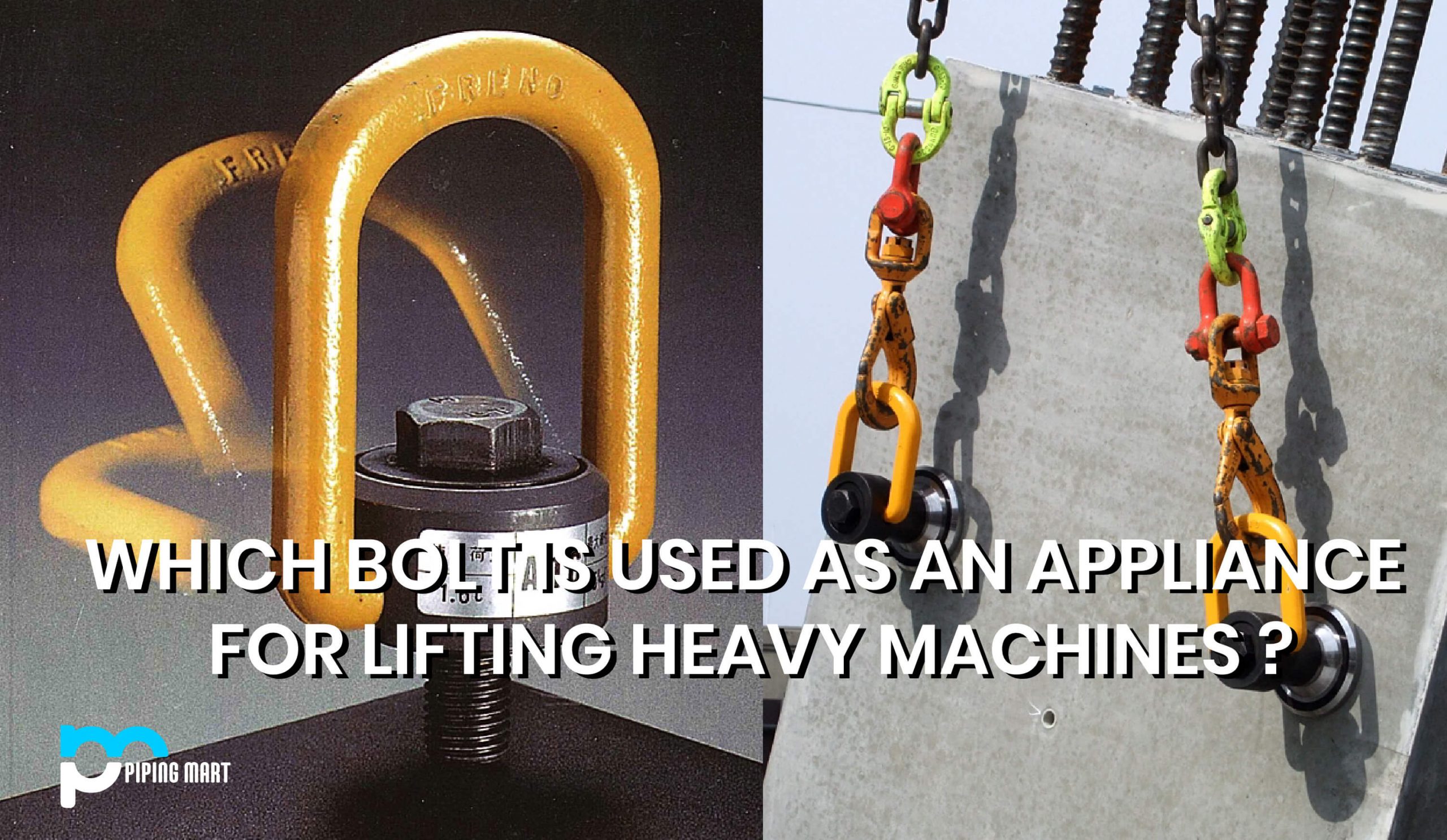Forging and rolling are two manufacturing processes used to shape metal into its desired form. But what’s the difference between the two? In this blog post, we will be looking at the differences between forging and Rolling, as well as their respective advantages and disadvantages.
What is Forging?
In simple terms, forging is a process where metal is heated and then formed into its desired shape by pressing or hammering it into submission. The process of forging can make use of a variety of machines, such as hammers, presses, dies and rollers. The advantage of forging over other metal-forming methods is that it can produce complex shapes with very little waste material. It also produces parts with superior strength compared to those made by other methods. It also increases the durability of parts due to its ability to work to harden metals during the forming process.
What is Rolling?
Rolling is a method of forming metal by passing it through a pair of rolls in order to reduce its thickness or change its cross-sectional area. It is typically used to create sheets, bars and rods out of metals such as steel, aluminium and copper. The advantage of rolling over other metal forming methods is that it reduces material wastage since there are no cutting operations involved in the process. It also produces parts with superior strength due to work-hardening during the cold working process. Rolling can also be done at much higher speeds than other metal-forming methods, making it ideal for mass-production applications.
Advantages and Disadvantages
As mentioned above, both forging and rolling have their own set of advantages and disadvantages that must be considered when deciding which one to use for your application. Forging has the advantage of being able to produce complex shapes with very little waste material but is limited in terms of speed due to its reliance on manual labour or machines with limited speed capabilities. Rolling has the advantage of being able to reduce material wastage due to no cutting operations but is limited in terms of complexity due to its reliance on flat surfaces for rolling operations.
Difference Between Forging and Rolling
- Forging is a manufacturing process in which metal is heated and then shaped using hammers or presses.
- Rolling is a manufacturing process in which metal is passed through rollers to create sheets or bars.
- Forging is typically used for larger pieces of metal, while rolling is typically used for smaller pieces of metal.
- Forging can create stronger and more durable products than rolling, but it is also more expensive and time-consuming.
- Rolling can create products with a more consistent thickness than forging, but it is not as strong or durable.
Conclusion:
Forging and Rolling are two different types of manufacturing processes used for shaping metals into their desired form while having their own advantages and disadvantages depending on your application requirements. If you require complex shapes with a minimal amount of waste material, then forging may be your best option, while if you need fast production rates, then rolling might be more suitable for your application needs. Ultimately, it depends on what type of product you’re looking for, so make sure you take all factors into account before deciding which method would best suit your needs!

Pipingmart is a B2B portal that specializes in metal, industrial and piping items. Additionally, we share the latest information and information about materials, products and various types of grades to assist businesses that are involved in this business.




